10 Free Survival Horror transparent PNG images
Explore our chilling collection of 10 free AI-generated Survival Horror images, featuring an immersive array of atmospheric stock photos, haunting 3D objects, eerie vectors, and spine-tingling illustrations. Each high-resolution image captures the essence of survival horror, from abandoned corridors to mysterious creatures. Take advantage of our 'open in editor' feature to fine-tune the prompts and create your perfect horror scene.
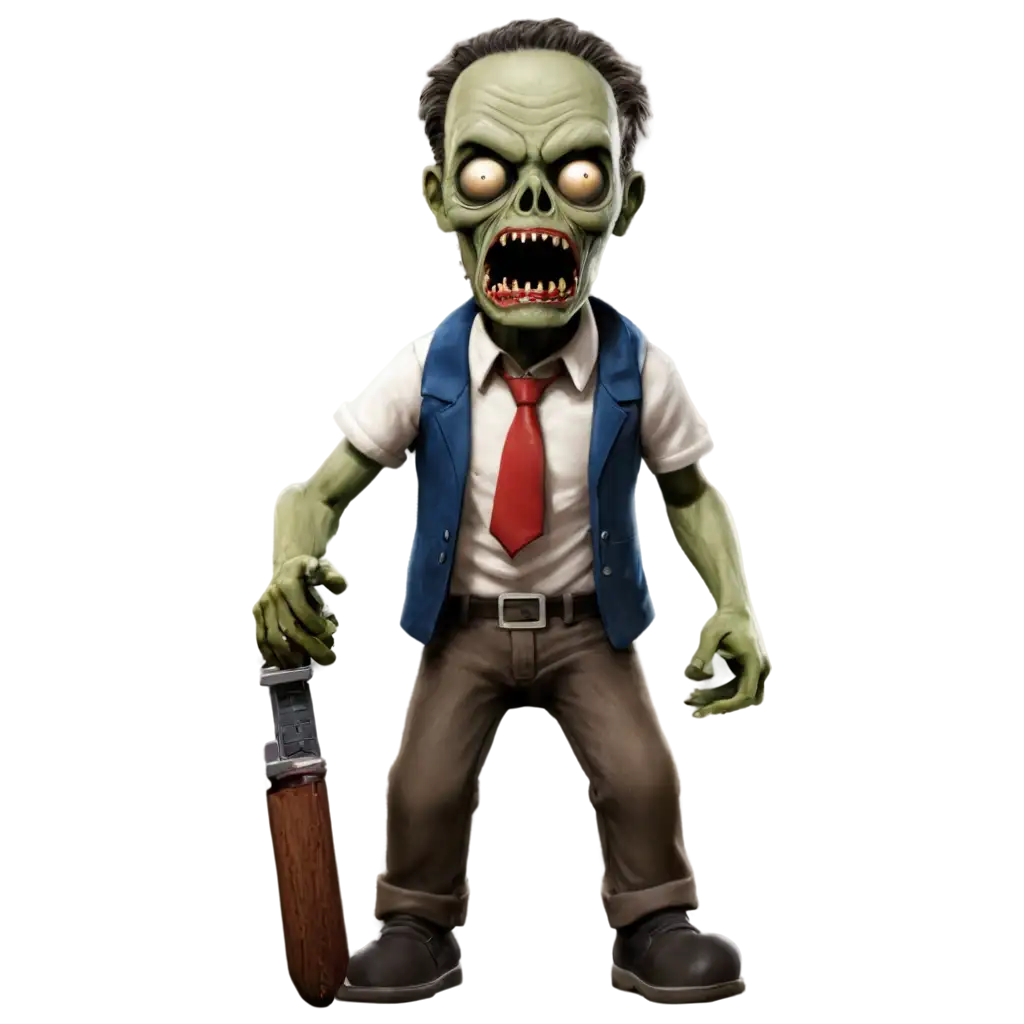
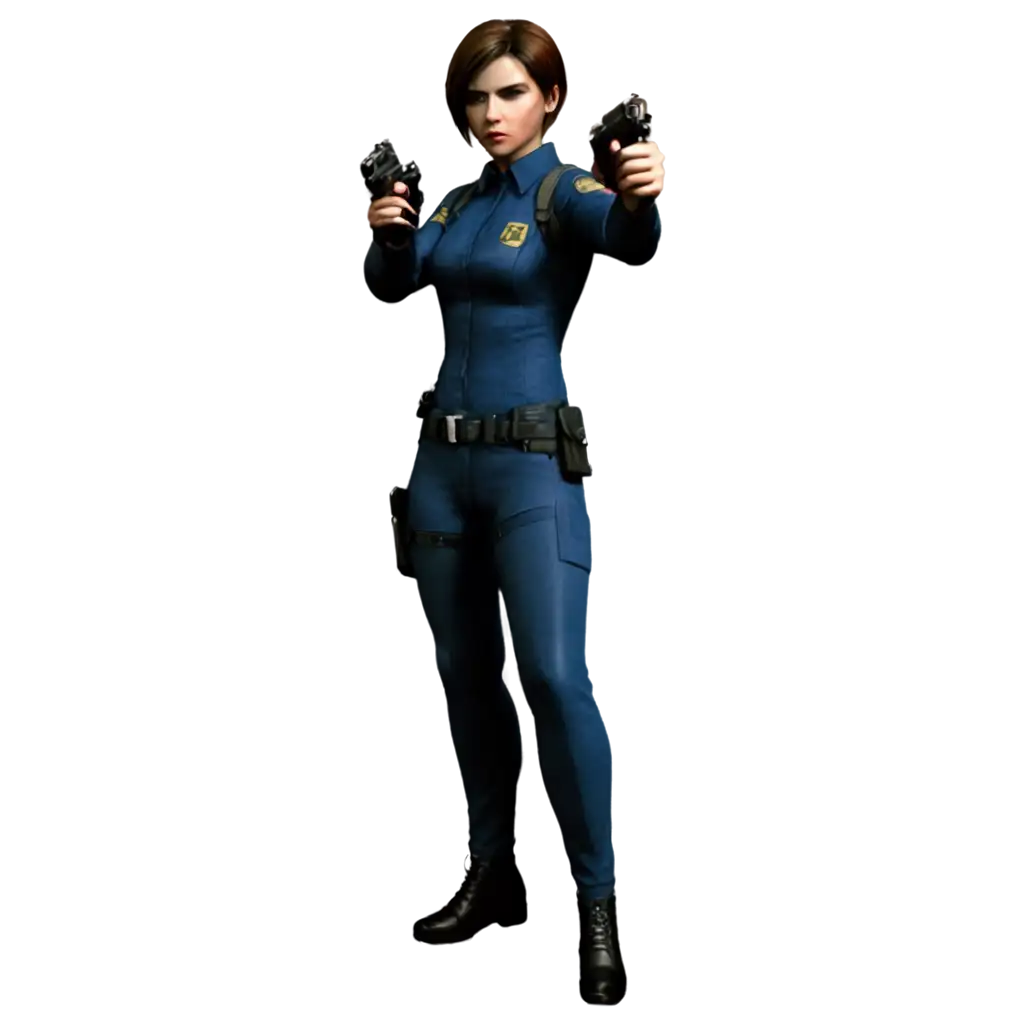
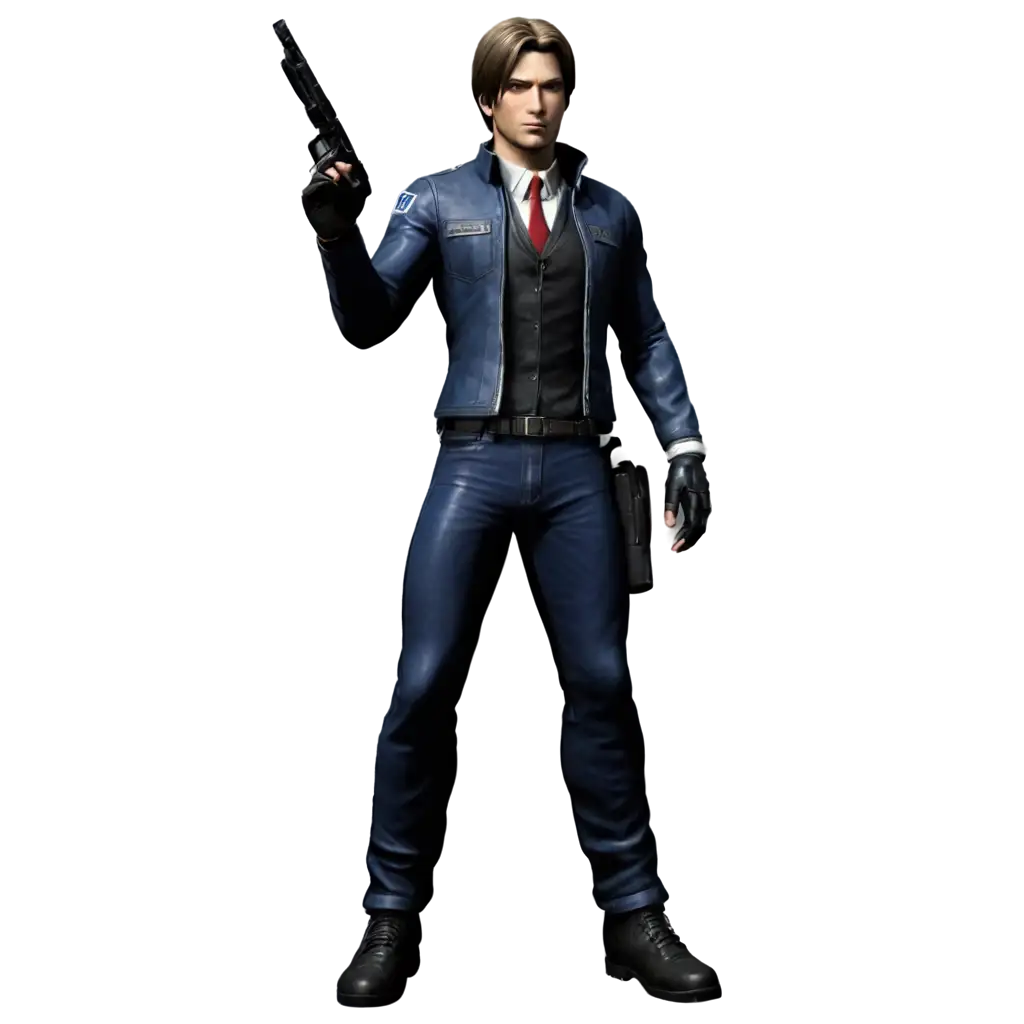
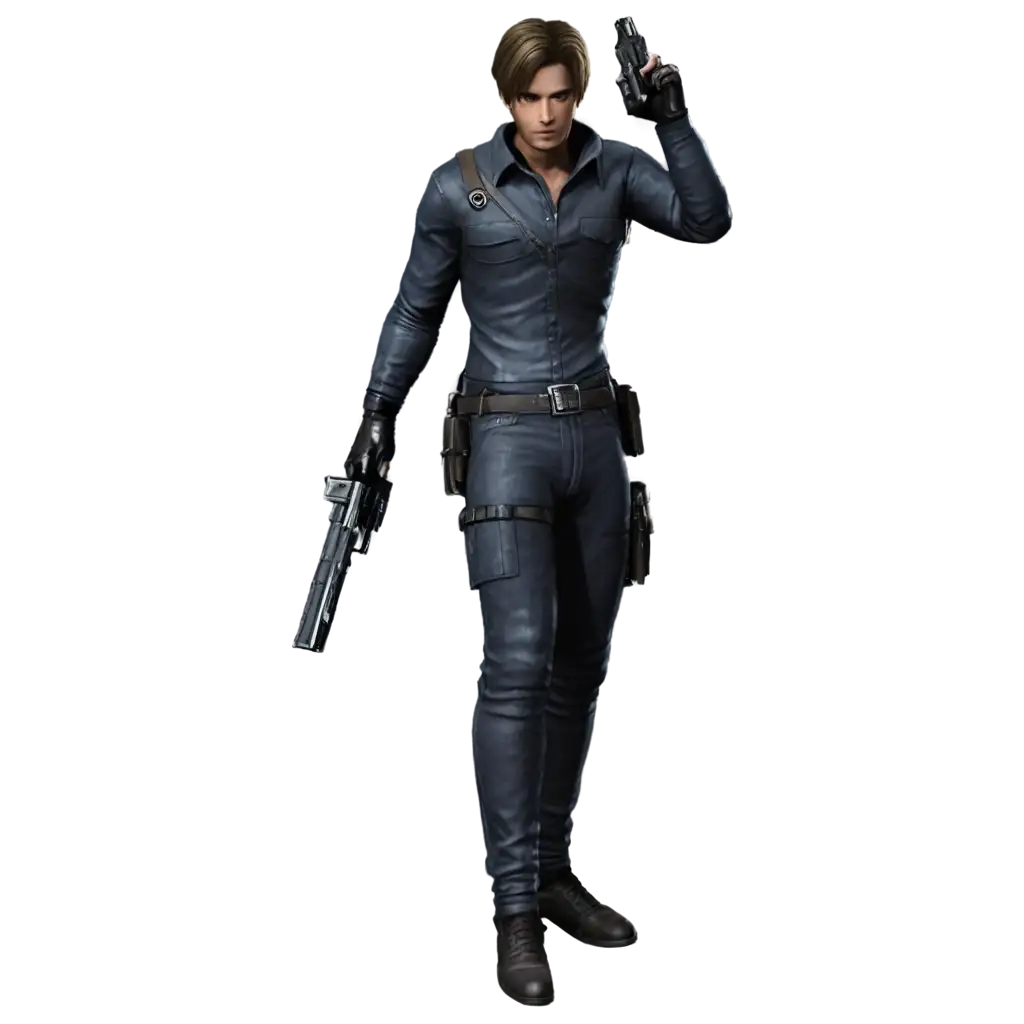
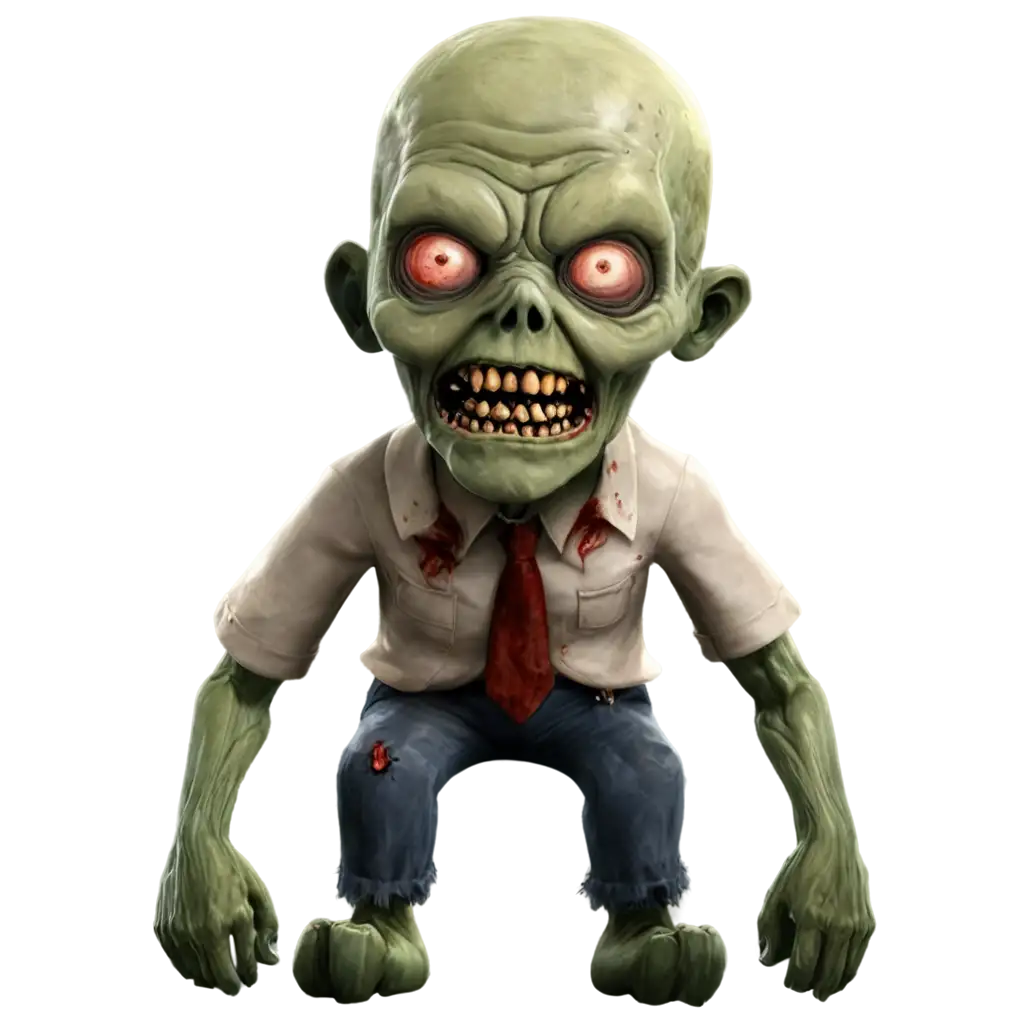
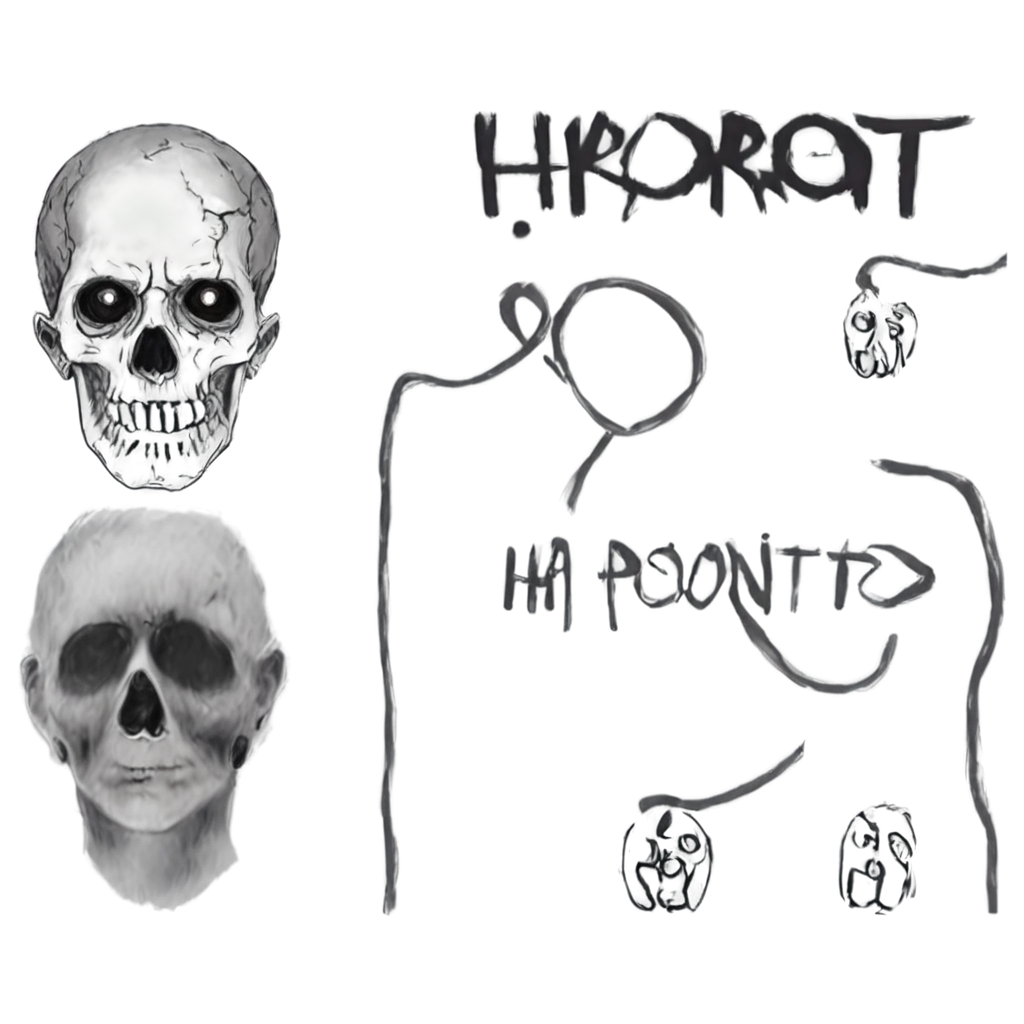
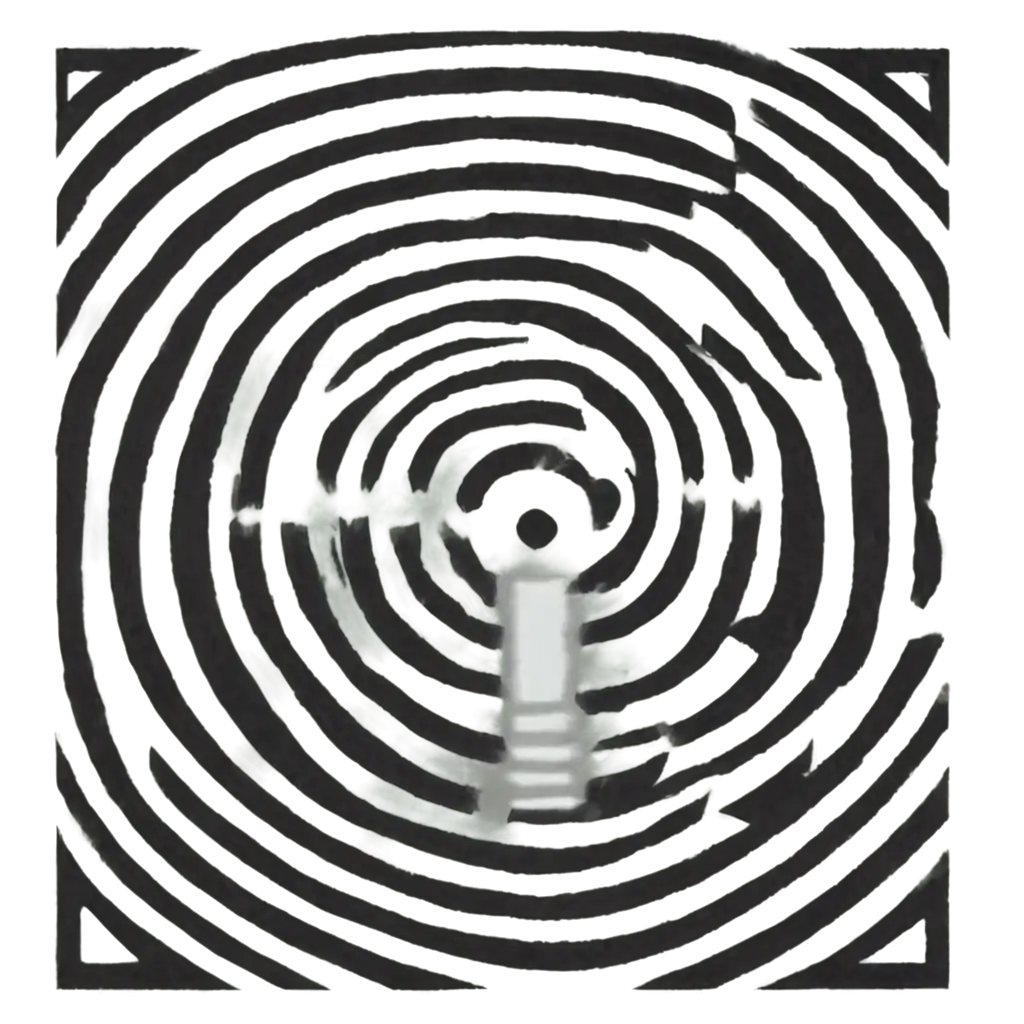
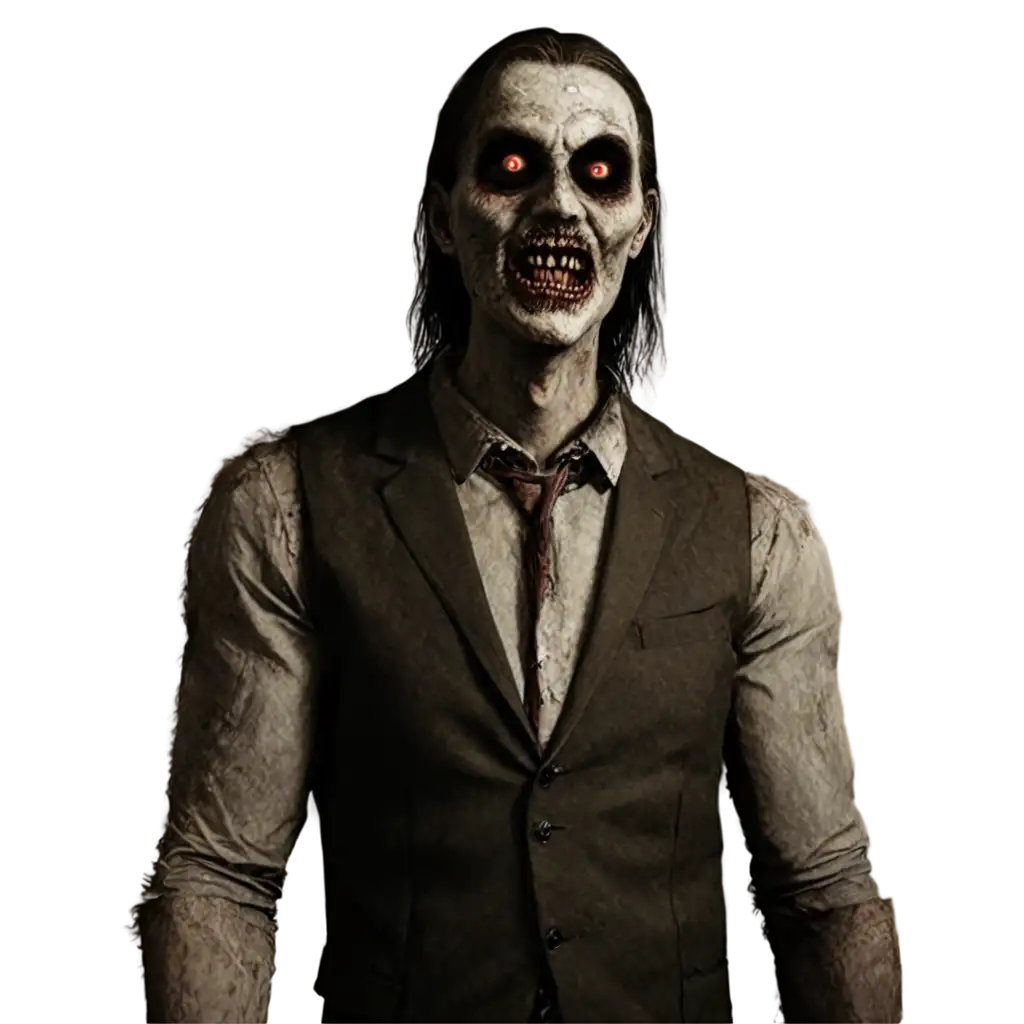
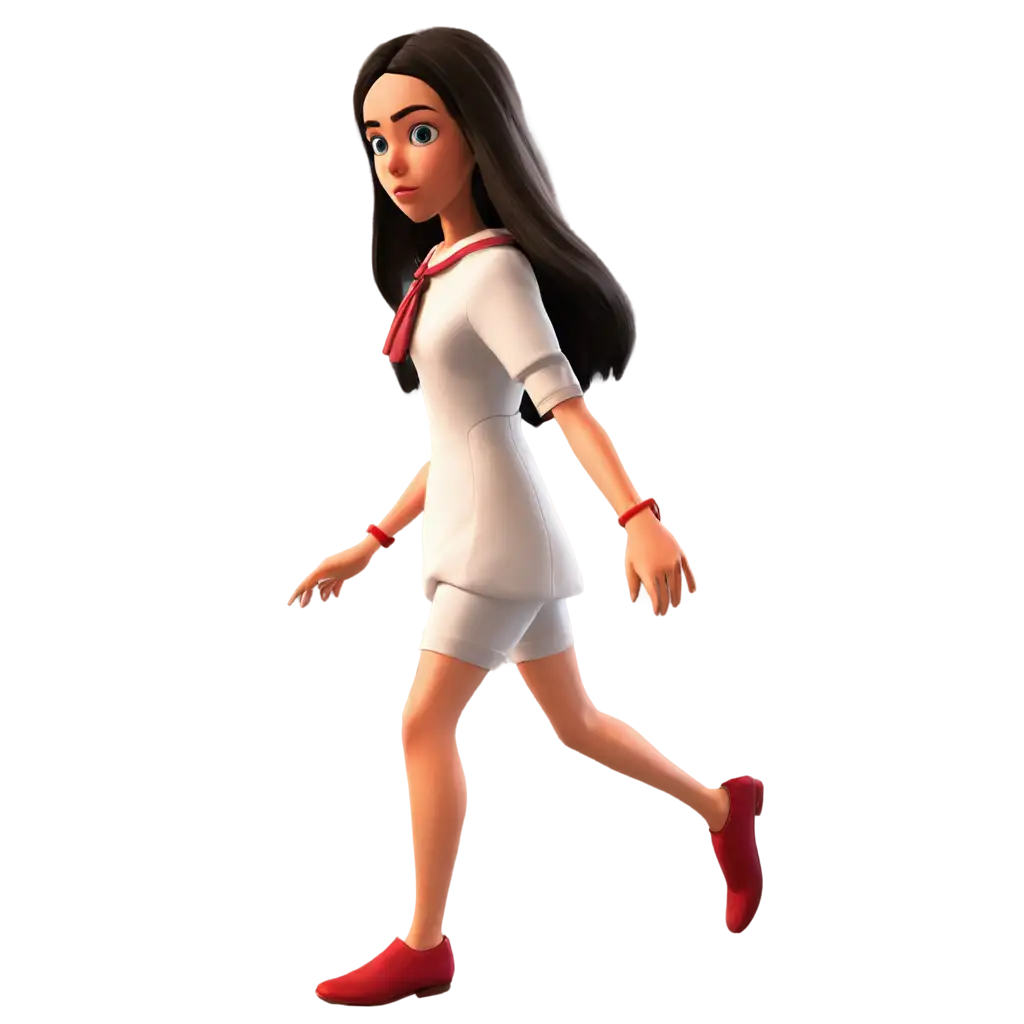
Related Tags
Survival Horror emerged as a distinctive genre in the 1990s with groundbreaking games like Resident Evil and Silent Hill, characterized by limited resources, psychological tension, and overwhelming odds against terrifying adversaries. In AI-generated art, these elements translate into claustrophobic environments, dramatic lighting, and unsettling creature designs. The genre combines psychological horror with action elements, creating a unique aesthetic that emphasizes vulnerability and isolation. Modern AI art tools excel at capturing these atmospheric qualities, generating images that range from decrepit mansions to monster-filled corridors, all while maintaining the genre's signature blend of fear and survival elements.
Understanding Survival Horror: From Classic Games to Modern AI Art
Survival Horror imagery is distinguished by several key visual components that create its distinctive atmosphere. These include harsh contrast between light and shadow, creating areas of uncertainty and danger; deteriorating environments such as abandoned hospitals, derelict mansions, or post-apocalyptic cities; and threatening entities that often subvert human or animal forms. AI-generated artwork in this genre frequently incorporates fog or darkness as natural frame elements, strategic use of emergency lighting or flashlight effects, and environmental storytelling through detailed decay and destruction. The color palette typically favors muted tones interrupted by stark reds, sickly greens, or industrial blues, enhancing the sense of danger and desperation.
Essential Visual Elements of Survival Horror Imagery
To generate compelling Survival Horror images using AI, focus on key elements that define the genre. Start with strong environmental prompts that emphasize claustrophobic spaces, damaged infrastructure, or isolated locations. Layer in atmospheric effects like fog, rain, or emergency lighting. For creature design, combine organic and mechanical elements to create unsettling hybrids, or use subtle distortions of familiar forms. Effective prompts often include terms like 'photorealistic,' 'volumetric lighting,' 'dark atmosphere,' and specific reference points from classic survival horror games or films. Pay special attention to composition, using techniques like Dutch angles or forced perspective to enhance the sense of unease.
Creating Effective Survival Horror Art with AI Tools
AI-generated Survival Horror art finds diverse applications across modern media, from video game concept art to book covers, movie posters, and marketing materials for horror-themed entertainment. These images are particularly valuable in indie game development, where they can quickly establish mood and atmosphere without extensive production costs. The genre's influence extends to social media content, where creators use AI-generated horror art to enhance storytelling platforms like creepypasta forums and horror-themed YouTube channels. The accessibility of AI tools has democratized horror art creation, leading to new interpretations and subcategories within the genre, while maintaining its core elements of survival, isolation, and psychological terror.
Applications and Impact in Modern Media